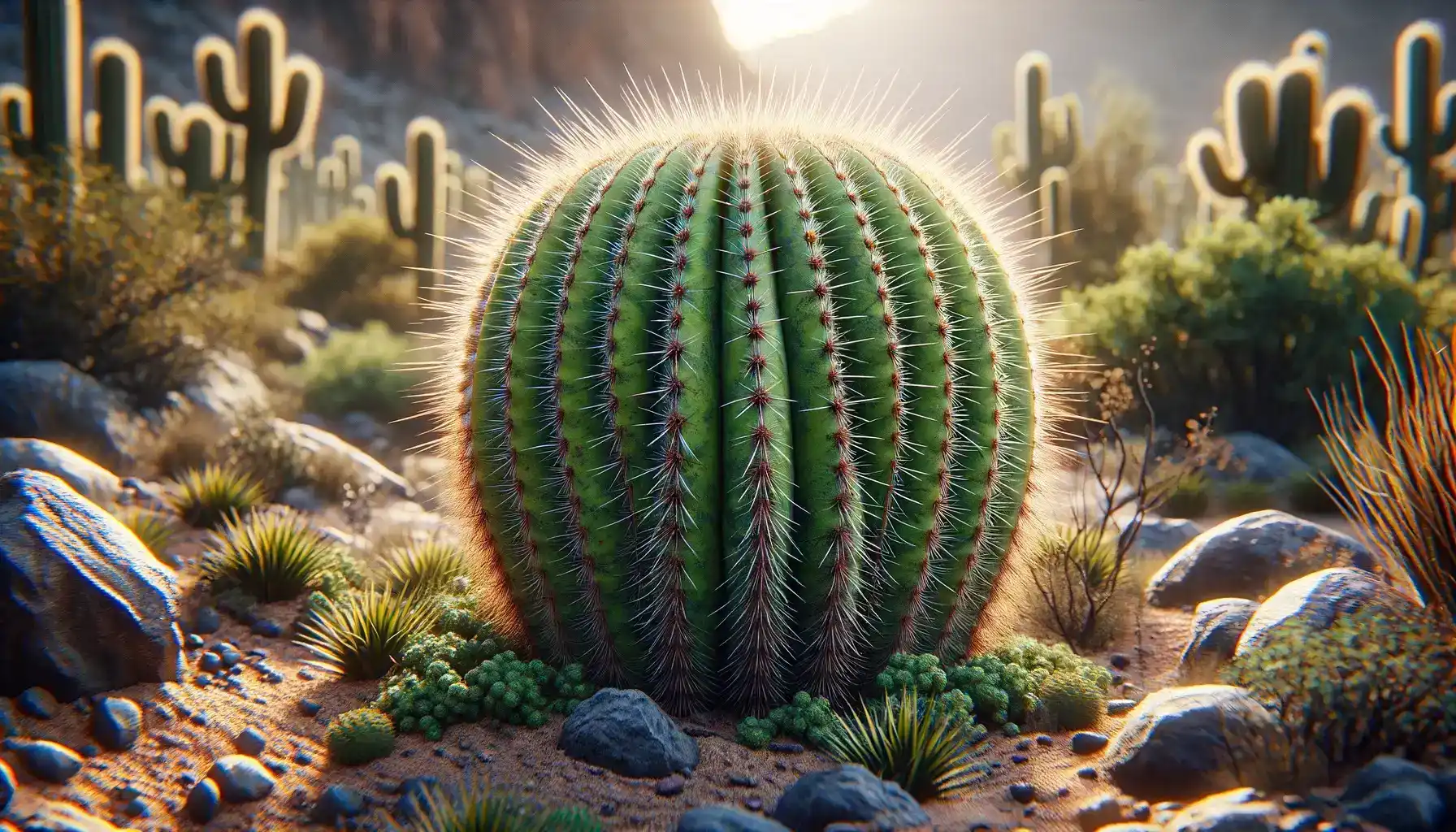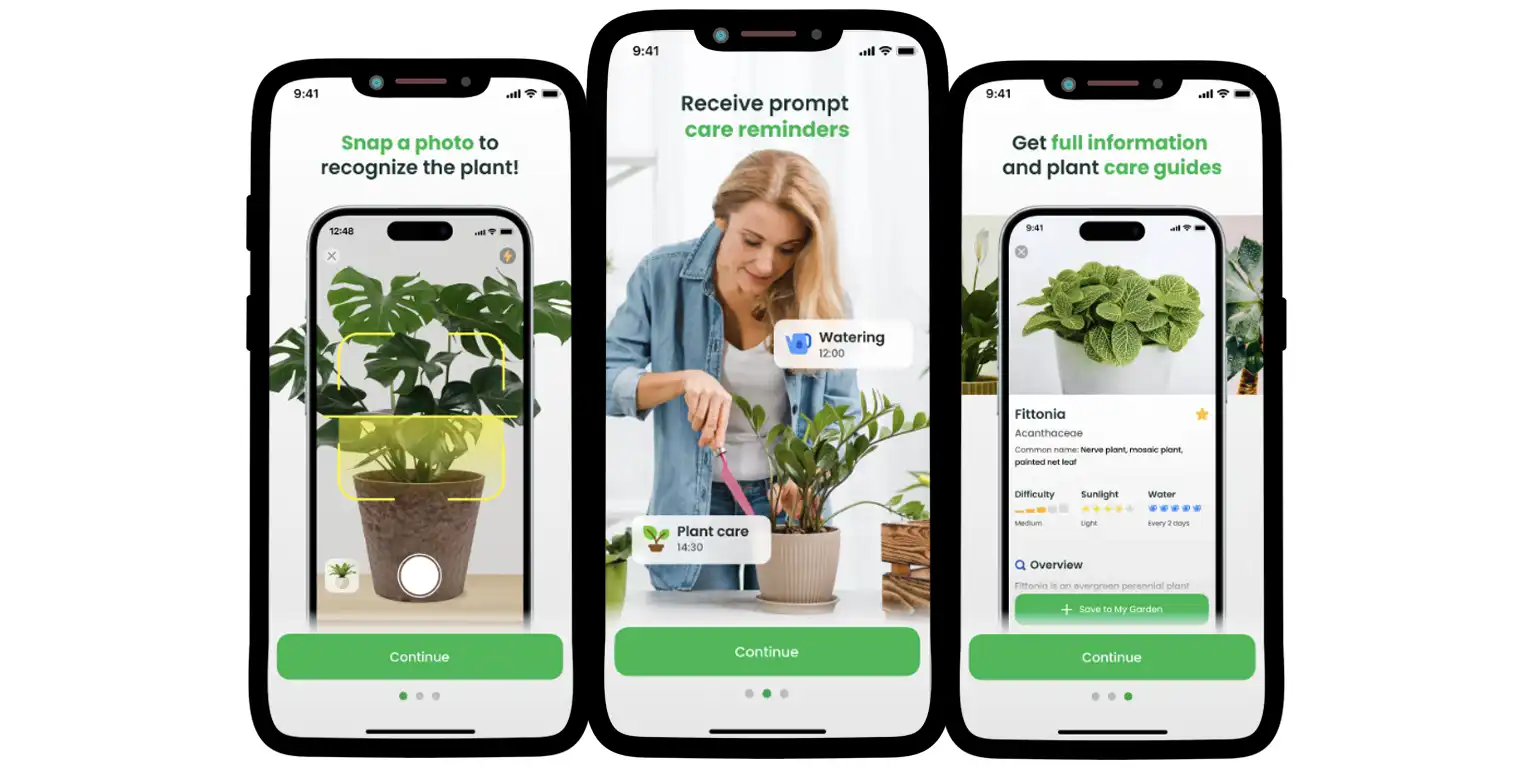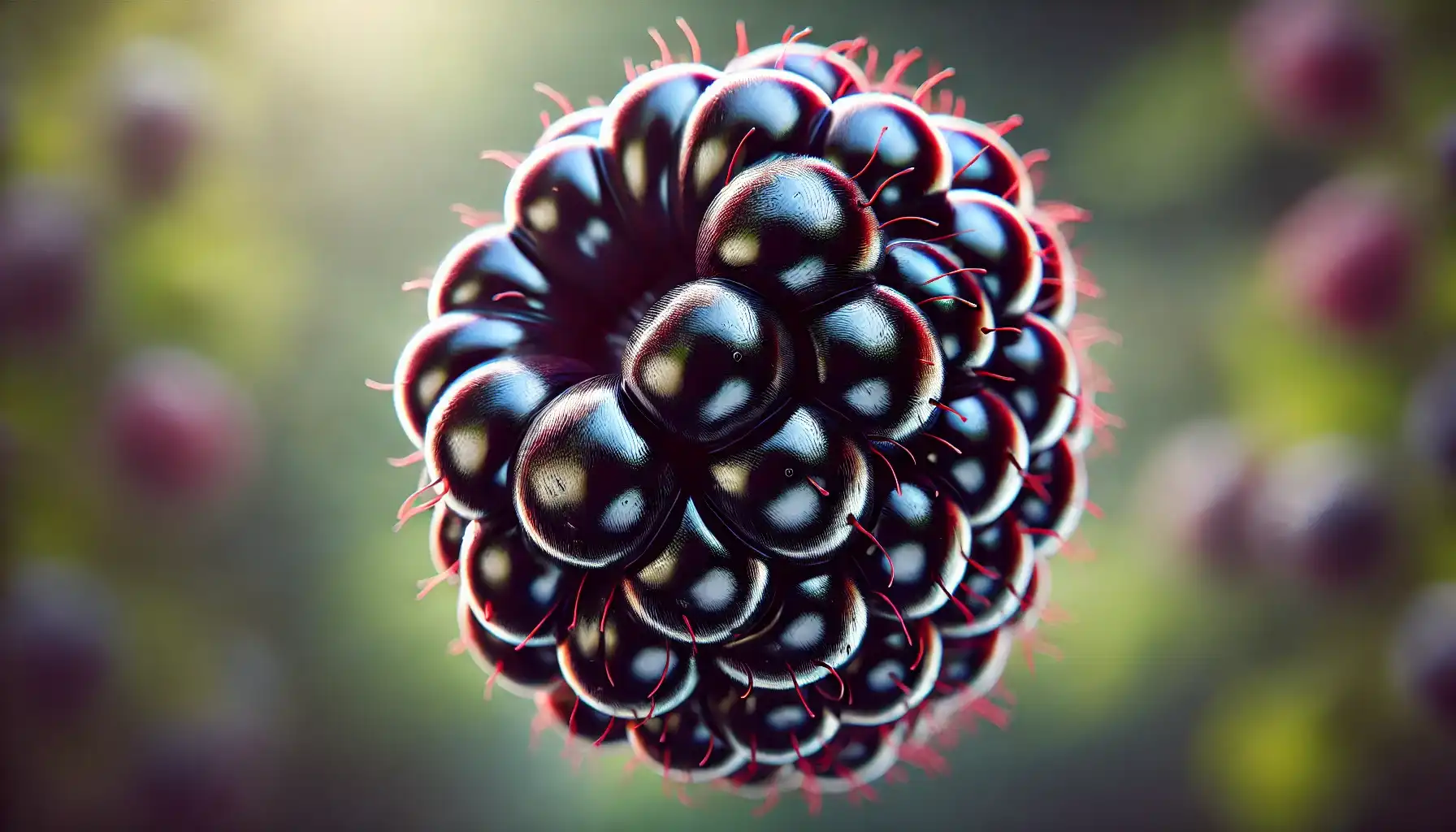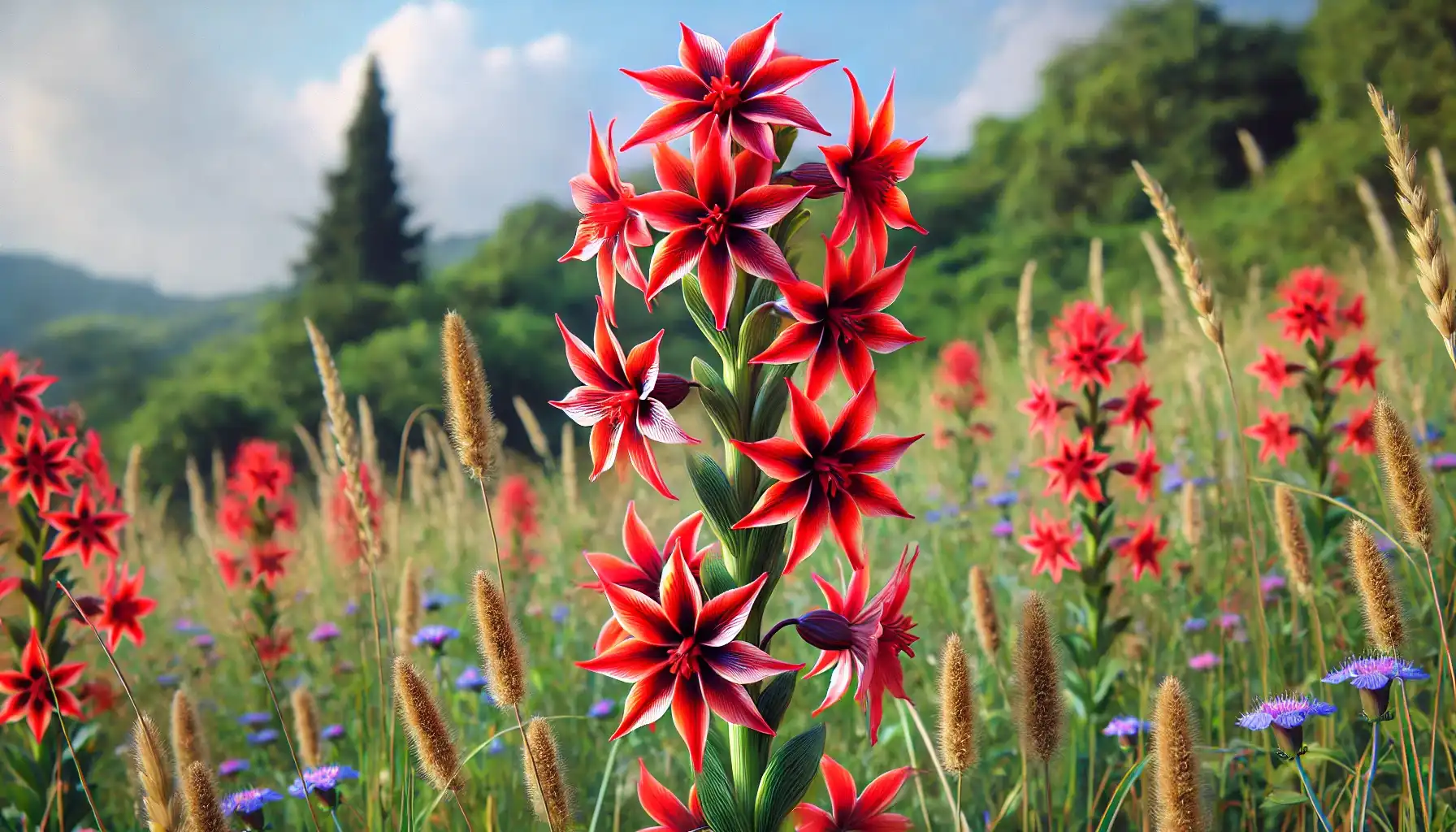The World of Succulents: How to Identify Succulent Plants

Nowadays, social media platforms, like Pinterest, possess an amusing power to influence people and promote new ideas in an instant. Thanks to plant lovers from all over the world, succulents, a large group of cute, alien-like plant species, are getting more popular than ever. They captivate and delight, but raise questions and doubts: what is a real succulent and what does it look like?
Contents:
Nowadays, social media platforms, like Pinterest, possess an amusing power to influence people and promote new ideas in an instant. Thanks to plant lovers from all over the world, succulents, a large group of cute, alien-like plant species, are getting more popular than ever. They captivate and delight, but raise questions and doubts: what is a real succulent and what does it look like?
Those who have never delved deeper into these peculiar creatures may not be aware of their types and, thus, fail to identify a plant or choose the best option possible. “What type of succulent do I have?”, they may ask. For you not to get overwhelmed with informational flow, we have prepared a quick guide to identifying succulents with ease.

What Is a Succulent?
Succulents resemble a diverse group of plants known for their ability to retain moisture for longer periods of time in the thick, fleshy tissues. This is their unique adaption developed due to the arid environments in which succulents typically grow and thrive. Most people do not even realize that succulents are so widely present in the indoor garden far away from their natural habitats.
Succulent’s Key Features
The power of evolution is astonishing, for it turned what we call succulents into one of the most resilient plants on Earth. As soon as succulents are native to deserts or desert-like environments, they possess some distinctive features common to all the plant species in the group.
Water Storage Capabilities: The first and foremost characteristic of all succulents is their ability to store water in their tissues to go through longer periods without hydration. This inevitably affects the appearance of these plants and the way they grow and thrive in the end.
Thick Structures: Succulents are known to have thickened body parts to retain moisture and stay hydrated even when external sources of water are not available. This is why such plants may seem to be swollen or plump.
Peculiar Forms: Many plant species may boast their forms and distinctive structures, and succulents are no exception. Succulents exhibit a wide range of shapes, some of which have entered the culture for good. Imagine a cactus. Isn’t it wonderful that everyone knows what to think about and how to picture it in their minds?
Reduced Leaf Area: So as to reduce water loss through transpiration, desert plants have developed some specific mechanisms, which include smaller to no leaves or spines instead.
Waxy/Hairy Surface: A waxy coating is one more tool that helps succulents retain water by keeping it safe deep inside their tissues and reflecting excess sunlight as well.
Shallow Root System: Basically, the root systems of succulents are rather shallow, for they allow them to quickly absorb any moisture appearing after rare rains or dew. Nevertheless, the root system cannot be assessed when a plant grows in the wild and, thus, is hidden in the soil.

Succulent Diversity: Some Types and Descriptions
Succulent is a term used to refer to a wide range of plant types, and understanding their characteristics may help one determine what succulents to grow at home and how to meet their needs successfully. Let us take a look at the most popular succulents and define what makes each of them so unique.
Cacti
One of the most prominent members of the succulent group is pricky cacti. Native to North and South America, cacti dominate the plant market, and now they may be found almost anywhere. One should also remember that cacti resemble a subgroup and cover different plant types, e.g., Fairy Castle Cactus, Old Lady Cactus, Bunny Ears Cactus, and even more.
Aloe
Another favorite succulent that many people praise is aloe. The most popular species, i.e., aloe vera, is a synthesis of medical properties and an aesthetically pleasant appearance. Aloe plants typically have rosettes of thick, long green leaves the edges of which are equipped with green to white spines.
Kalanchoe
Like previously mentioned plants, kalanchoe may appear in diverse forms, colors, and sizes. Nevertheless, most kalanchoe species usually feature waxy leaves with vibrant clusters of small flowers. Thanks to its medical properties, kalanchoe has become a central figure of many indoor gardens.
Aeonium
Aeonium is one of the most beautiful representatives of succulents. This sophisticated yet amusing plant is notable for the rosettes of waxy leaves clustered into small flower-like structures, the color of which may range from green to purple. Besides, aeonium is often borne on tall, woody stems, which makes it even more like a true exquisite flower.
Haworthia
Little zebras in the pot! Those who find something unconventional yet peculiarly structured may turn to the haworthia plants. Although they may somehow resemble aloe vera plants, haworthia demonstrate a darker shade of leaves with white stripes on them. The leaves can be smooth or covered in small tubercles, and they typically remain compact, too.
How to Determine What Succulent This Is?
Some plant enthusiasts may wonder ‘What succulent do I have?” but never explore the plant species living under the same roof with them. Identifying a specific succulent plant may be a fun and rewarding process. While you can collect information about the most prominent feature of the plant and surf the net to find answers, we recommend that you use digital assistants like AI Plant Finder for more accurate and reliable results.
First, examine the leaves, growth habits, and the stem of the succulent plant, identify what may distinguish this very species from others, and keep it in mind. Afterward, go to the AI Plant Finder app, tap on the camera button on the tab bar, and enable the Plant ID feature. Take good pictures of the plant right in the app but make sure you focus on its unique features, too. So, what kind of succulent do I have?
The app will gently process the pictures and analyze their content to deliver the most relevant information possible. Explore the cards with details about the succulent species, including its habitat, growing requirements, general needs, levels of toxicity and edibility, and so on. By the way, you can add the detected plant to “My Garden” and keep track of its health there further. Set up reminders and get plant care tips just like that!

Succulents are impressive living beings that attract more and more gardeners each day. The origin of these plants predetermines what they look like and which types of environments they need to thrive at home. So, to keep it healthy, identify the exact succulent species and learn more about it for a prosperous future in full bloom.
Share:
Read More
Identify Any Plant, Diagnose Every Disease
Download Our App Now!


